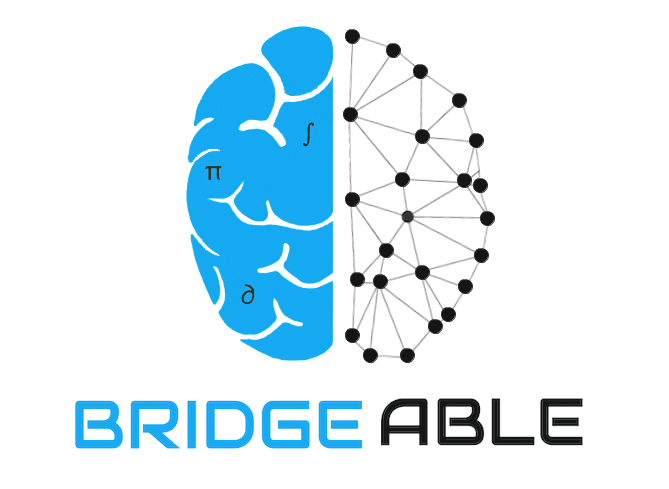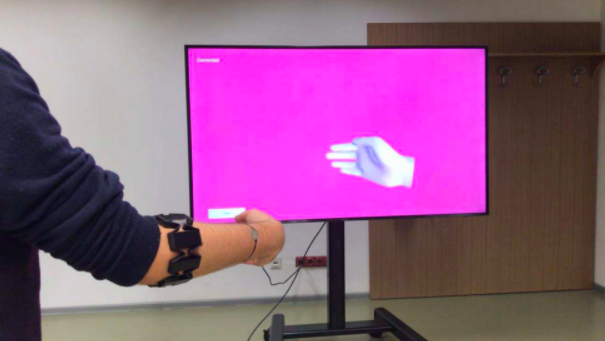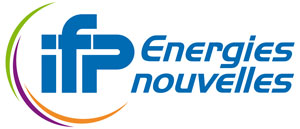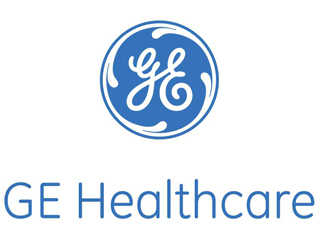BRIDinG thE gAp Between iterative proximaL methods and nEural networks


BRIGEABLE is a Research and Teaching Chair in Artificial Intelligence (09/2020-08/2024) funded by the French National Research Agency. This project is coordinated by Jean-Christophe Pesquet, Professor at CentraleSupélec, Univ. Paris-Saclay.
Description
Proximal methods have enabled significant advances in large scale optimization in the last decade. At the same time, deep neural networks (NNs) have led to outstanding achievements in many application domains related to data science. However, the fundamental reasons for their excellent performance are still poorly understood from a mathematical viewpoint. Recently, we have shown that almost all the activation functions used in NN architectures identify with the proximity operators of convex functions. This finding opens up new perspectives in deep learning by exploiting tight links between NN structures and iterative proximal algorithms. More precisely, we propose three main research avenues.
First, the well-known fragility of neural networks with respect to adversarial perturbations will be investigated. For this purpose, we will be using fixed point techniques grounded on the firm non-expansiveness property of these activation operators and novel neural network architectures intended to be more robust will be proposed.
Second, a new formulation of inverse problems will be proposed, aiming at replacing standard convex regularizing functions by a regularization approach based on maximally monotone operators. This strategy will be not only more general, but also more flexible. This will lead to efficient plug and play iterative algorithms for solving image restoration or reconstruction problems.
Finally, we will investigate deep dictionary learning (DDL) methods. These currently appear as competitive alternative approaches to NNs. Our purpose will be to clarify the relations existing between DDL and NNs in order to both make DDL techniques more powerful and to better analyze their performance.
In terms of methodological outcomes, the project is expected to lead to significant progress in the explainability of NNs and in the proposition of novel methods for improving their reliability.
Robust Automatic Gesture Recognition based on surface electromyographic signals

Applicative impact
The developed methods will result in a new generation of techniques for solving problems arising in three application fields: 3D medical imaging (collaboration with GE Healthcare), data analysis for energy and environment issues (collaboration with IFPEN) and multivariate nonlinear modeling of electric motors (collaboration with Schneider Electric).


